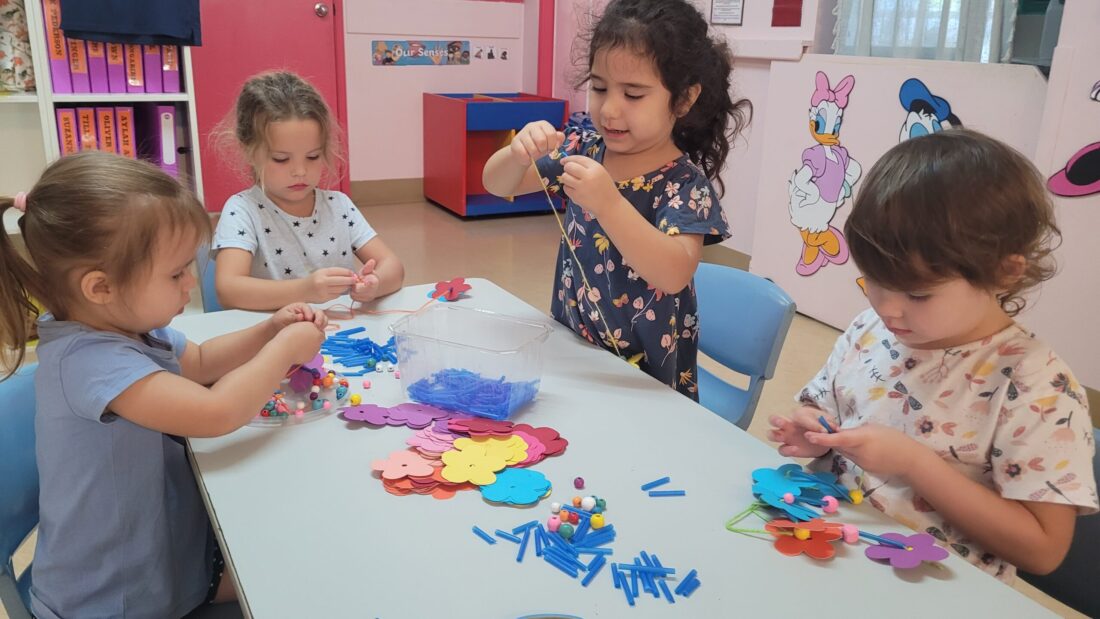Exploring Our Native Culture
Firstly, we pay our respects to our native culture each morning by reciting Acknowledgement of Country;
” I would like to acknowledge the Traditional Custodians of the Land in which we see today and pay my respects to their Elders past, present and emerging. I extend that respect to Aboriginal and Torres Strait Islander people’s here today.”
Our focus in the “Empowering Our Youth” program this month is, embracing everything about our Torres Strait Islanders.
The Differences Between Our Natives
Indigenous to the Torres Strait, the Islanders have a unique origin, history, and way of life. Their art form, body adornments and culture differ from that of Aboriginal Australians.
The Torres Strait Islanders are not one amorphous culture: practices, beliefs, clothing, and objects vary between eastern and western areas. The two main languages spoken are Meriam Mir in the east and Kala Lagaw Ya to the west.
Torres Strait Islanders are the Indigenous Melanesian people of the Torres Strait Islands, which are part of the state of Queensland, the Islands lie between the tip of Australia’s Cape York Peninsula and Papua New Guinea. Ethnically distinct from the Aboriginal people of the rest of Australia.
Their Flag also differs from that of the Aboriginal Flag. The Flag consists of the colours Green, black blue with a white Dhari in the middle.
The Dhari is a symbol of the Torres Strait islanders and is used in cultural ceremony and dance. The white five-point star symbolises peace, and the navigational importance of stars to the seafaring people of the Torres Strait.
The green panels at the top and bottom of the flag represent the land and the central blue panel represents the sea. The black lines dividing the panels represent the Torres Strait Islander people.
Our Learning Journey
We learnt:
- Why Torres Strait Islanders wear a headdress (Dhoeri) and a lei (Garland);
- The Dhoeri is customarily made and worn by males;
- What the headdress is made from and what the motif stands for;
- About their flag; and
- Where the Torres Strait Islands are situated.
Body Adornments
Body adornments are the traditional art form. Their art and culture differ from that of Aboriginal Australians.
The Dhari is the distinctive traditional dance and ceremonial headdress of the Torres Strait. Customarily worn and made by males, dhari designs vary from island to island. It is the central motif on the region’s flag and symbolises the identity and unity of all Torres Strait Islanders.
Dharis were traditionally made from Frigate Bird and Torres Strait Pigeon feathers but are now made from a wide and often creative range of materials including heavy cardboard, plywood, chicken feathers and cane.
Lei’s are customary materials such as shells, feathers, seeds, pandanus, sedge grasses, and bamboo as well as contemporary and recycled materials including copper, silver, nylon, rubber, canvas, and silk thread. Each of the works produced offers a unique snapshot as to the breadth and diversity of cultural practices unique throughout the Torres Strait.
What We Did Next
As a class we thoroughly enjoyed making our own body adornments;
To make a lei (garland) we used:
- String for the necklace;
- Coloured paper cut into flower shapes;
- beads; and
- Straws to decorate.
To make a headdress (Dhoeri) we used:
- A white carton cut into a U shape;
- Glue;
- Paint brush;
- Feathers; and
- Coloured string (to attach to our heads)
Where to for Parents
This is a list of links to key Aboriginal and Torres Strait Islander organisations and educator resources in Australia, compiled by the Australian Institute of Aboriginal and Torres Strait Islander Studies (AIATSIS).
That’s all this month from Miss Hannelie, Miss Ruby and the Snakes (Jomgwong) children.
Also please follow our Facebook and Instagram Pages and stay up to date


